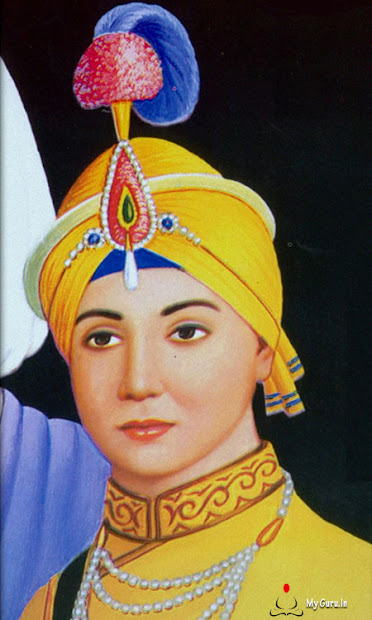
In 1699, the Hindu Rajahs of the Shiwalik Hills, frustrated with increasing Sikh ascendancy in the
region, requested aid from Aurangzeb; their combined forces took on the Khalsa, led by Gobind
Singh, at Anandapur but was defeated. Another faceoff followed in the neighboring Nirmoh but
ended in Sikh victory; there was probably another conflict in Anandapur (c. 1702) to the same
outcome.In 1704, the Rajahs mounted a renewed offensive against Singh in Anandapur but facing
imminent defeat, requested aid from Aurangzeb.While the Mughal subahdars came to aid, they
failed to change the course of the battle. Accordingly, the Rajahs decided to lay siege to the town
than engage in open warfare.
With the passage of a few uneventful months, as scarcity of food set in, Singh's men compelled
him to migrate; the besiegers guaranteed a safe passage but Singh did not trust them.The
Sikhsleft Anandapur in night and took refuge in Chamkaur, only for its Hindu Zamindar to inform
the Rajahs and Mughal authority.In the melee that ensued, Singh escaped but most of his men were
either killed or captured
Some Sikh accounts note Singh's two younger sons — Zorowar Singh and Fateh Singh — to have
successfully fought at Chamkaur before being captured.Other accounts note that they along with
their grandmother had bee separated from the Sikh retinue while migrating away from Anandapur;
subsequently, they were betrayed by local officials and handed over to the Mughals.Sukha
Singh and Ratan Singh Bhangu, in particular, blames a greedy Brahmin for the betrayal.
The sons were taken to Sirhind and coerced for conversion to Islam in the court of Wazir Khan, the
provincial governor.Sikh accounts accuse Sucha Nand, the Hindu Diwan, to have been the most
vocal adocate for executing the children; Sher Muhammad Khan, the Nawab of Meherkotla, despite
being an ally of the Mughals and losing relatives in the faceoff, was the sole dissenter.Both of the
children maintained a steadfast refusal to convert and were executed.In early Sikh accounts, they
were simply beheaded; in popular Sikh tradition, they are held to have been "bricked" (entombed)
alive


